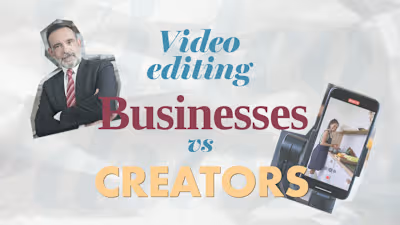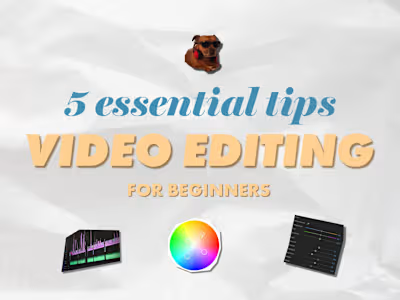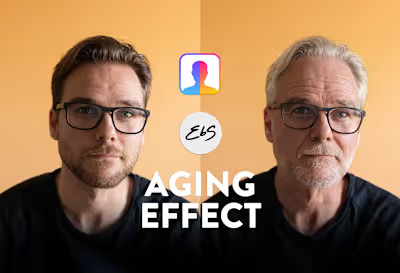How to edit videos for different Social Media Platforms
Like this project
Posted Jun 8, 2023
Things to keep in mind when editing videos for different social media platforms.
Likes
0
Views
19
Clients

Contra
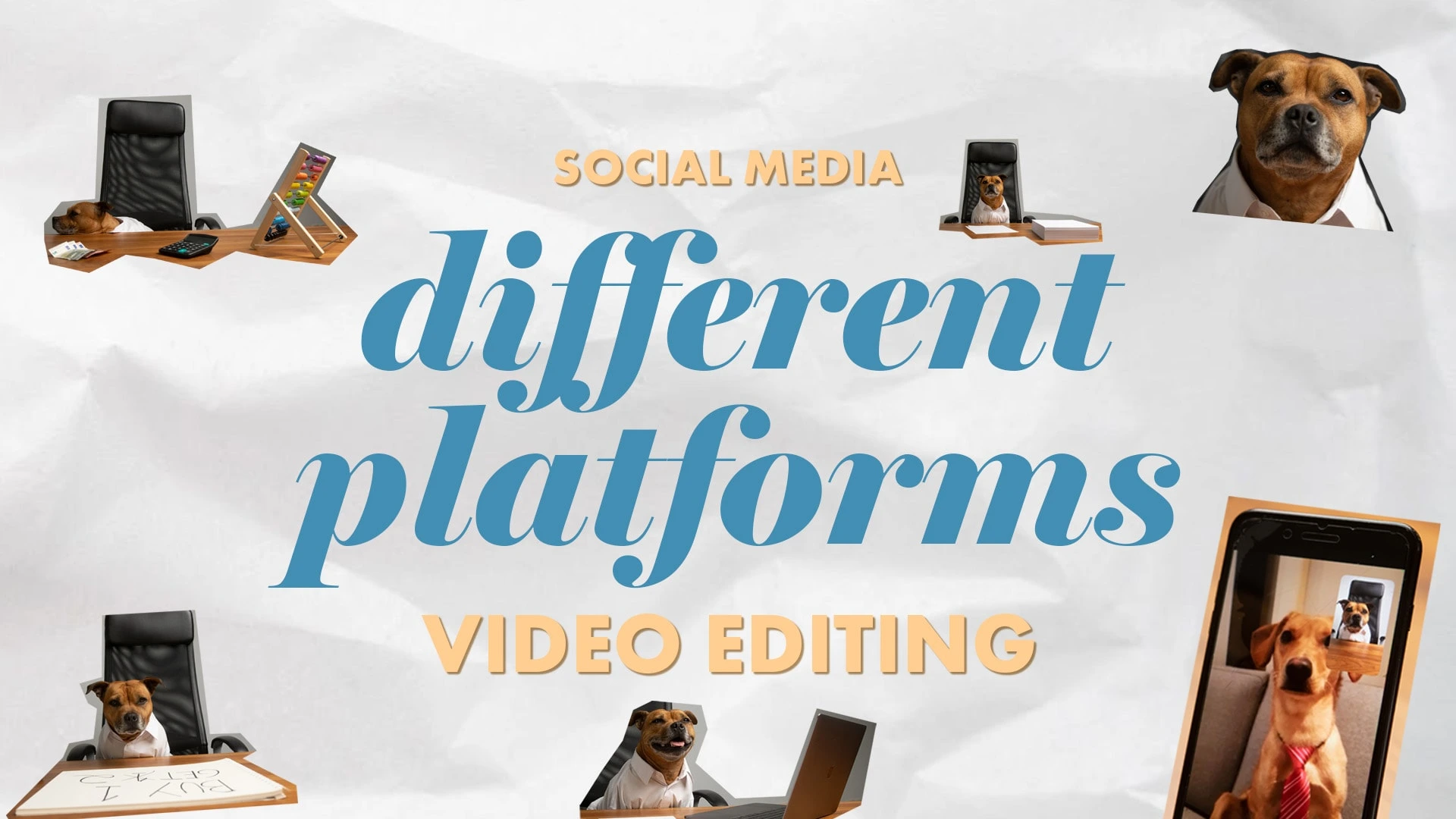
Importance of tailoring content for different social media platforms
On the surface, it may seem like you can publish the same type of videos to all social media platforms. But just because you can (with some exceptions), doesn’t mean you should.
Things like aspect ratio and length are the most obvious things to keep in mind, but the type of content actually matters more. If you’re not posting content where your demographic is, you’re kind of just sending stuff into the void and hoping for the best. Let’s avoid that by addressing some important things to keep in mind when you’re creating video content for different social media platforms.
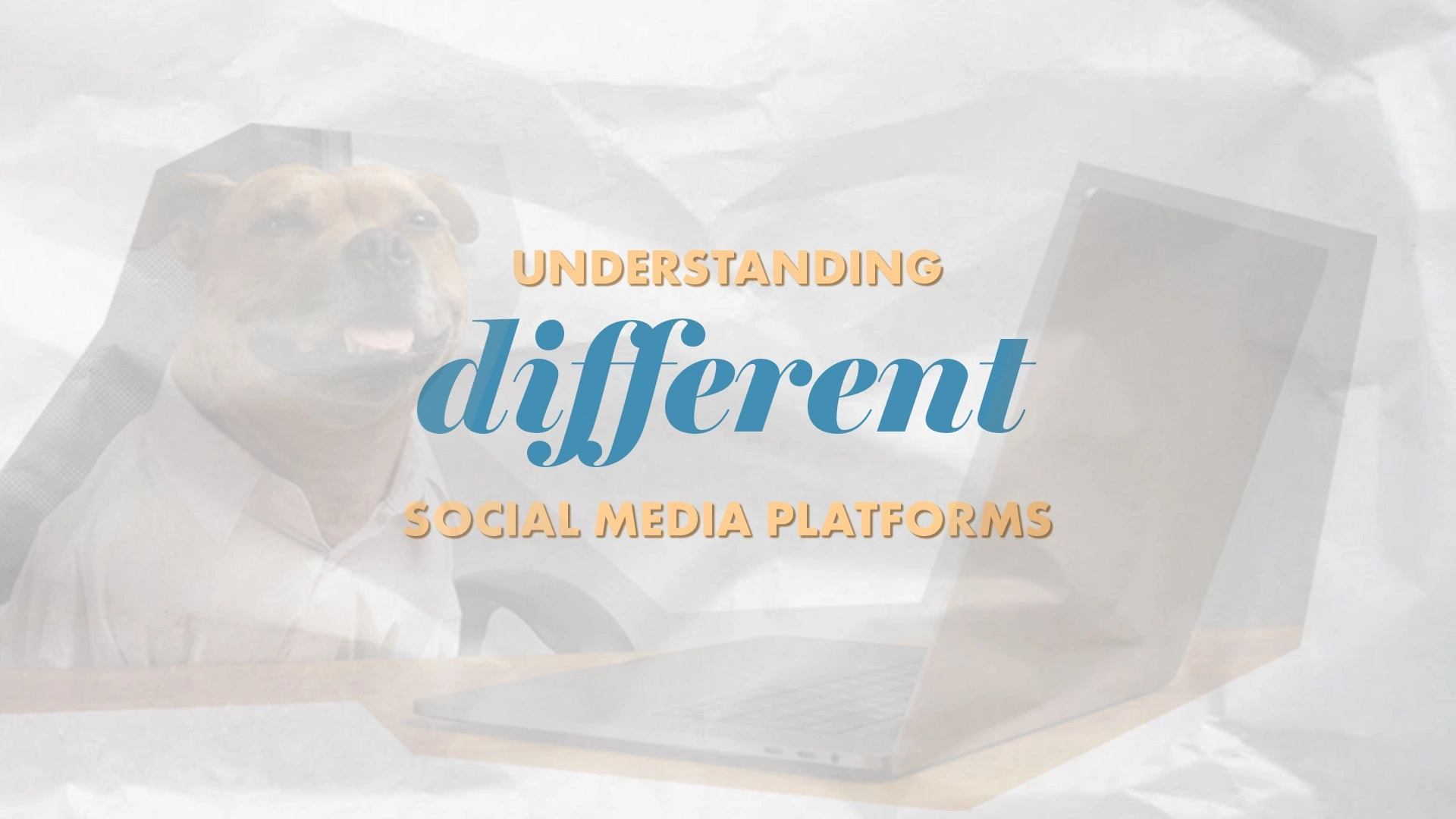
Understanding different Social Media Platforms
Overview of the popular social media platforms
To keep things simple we’re gonna focus on the following 4 platforms:
TikTok
Instagram
Facebook
YouTube
As a video editor, these are the 4 platforms I’m commonly asked to keep in mind when creating video content. The different algorithms all favor short-form videos at the moment, but they still have different strengths when it comes to different lengths and aspect ratios.
B. Which format for which platform
Disclaimer: There are exceptions to these suggestions, but they are the format/aspect ratios I typically use:
TikTok:
Instagram:
Facebook:
YouTube
Duration is usually 1 min or less for TikTok, Instagram, and Facebook. YouTube videos are commonly around 10 min or more (but often between 3-8 min as well). Below are examples of the different aspect ratios.

Preparing your video content for different platforms
Defining your target audience and goals
My client’s demographics are usually located in North America or the western part of Europe, so my suggestions will be based on my experience with this. But always do your own research. There is a lot of market research already done by the platforms themselves that can help you find your target audience that fits with your niche.
Usually, young people are faster to adapt to new habits and platforms. So a general rule of thumb: New app = younger audience.
Here are the typical ages for different apps to keep in mind
TikTok
Instagram
Facebook
Youtube
A lot of this depends on what kind of content in which kind of format is being consumed. You can find both Gen Z on Facebook, and Boomers on TikTok. There are a lot of variables to this, I’m just trying to keep it simple since the main focus of this article is on video editing and not on marketing strategy.
Identifying key elements for video adaptation
We’ve already covered the two most important elements for each platform: Aspect ratio and duration. In addition, there are some other things to keep in mind when editing your videos:
TikTok favors the authenticity and realness of its content. Whenever people see something that looks too polished, they often keep scrolling because it feels like they’re watching an ad. Quality comes in the form of good storytelling, the audio is clear enough, and that the composition elevates the story they’re telling. Just because something is shot on a phone doesn’t mean you can’t make it look good. There’s a certain flavor to it, and that’s why there are popping-up new agencies all the time, that specialize in marketing with UGC (User Generated Content).
Instagram is kind of a hybrid between unpolished and VERY polished content. The unpolished videos are often reposted from TikTok, and the polished content is created for Instagram, and will probably not do too well on TikTok.
Facebook has been around for a while, and a lot of generations are here. My general perception is that the algorithm can actually work in your favor and show you content that's relevant to your preferences. But it's usually not the latest and greatest that gets pushed to your feed. In my opinion, Facebook should be treated as a platform to repost stuff from Instagram (and re-re-post stuff from TikTok).
YouTube currently has 2 identities: Traditional YouTube and “Wannabe TikTok”.
The old traditional part of YouTube is a constantly changing place, but the core still consists of longer format content (from 3 min and up) in a 16x9 aspect ratio, published with carefully crafted thumbnails (an art of its own) and clickable titles.
The “Wannabe TikTok” version is just that: Short-form videos in a 9x16 aspect ratio. And it’s very popular. People are watching the videos, and creators are sweeping in high amounts of views.
Here you can post videos from both sides of the spectrum: High-quality productions in widescreen format, and UGC in portrait format.
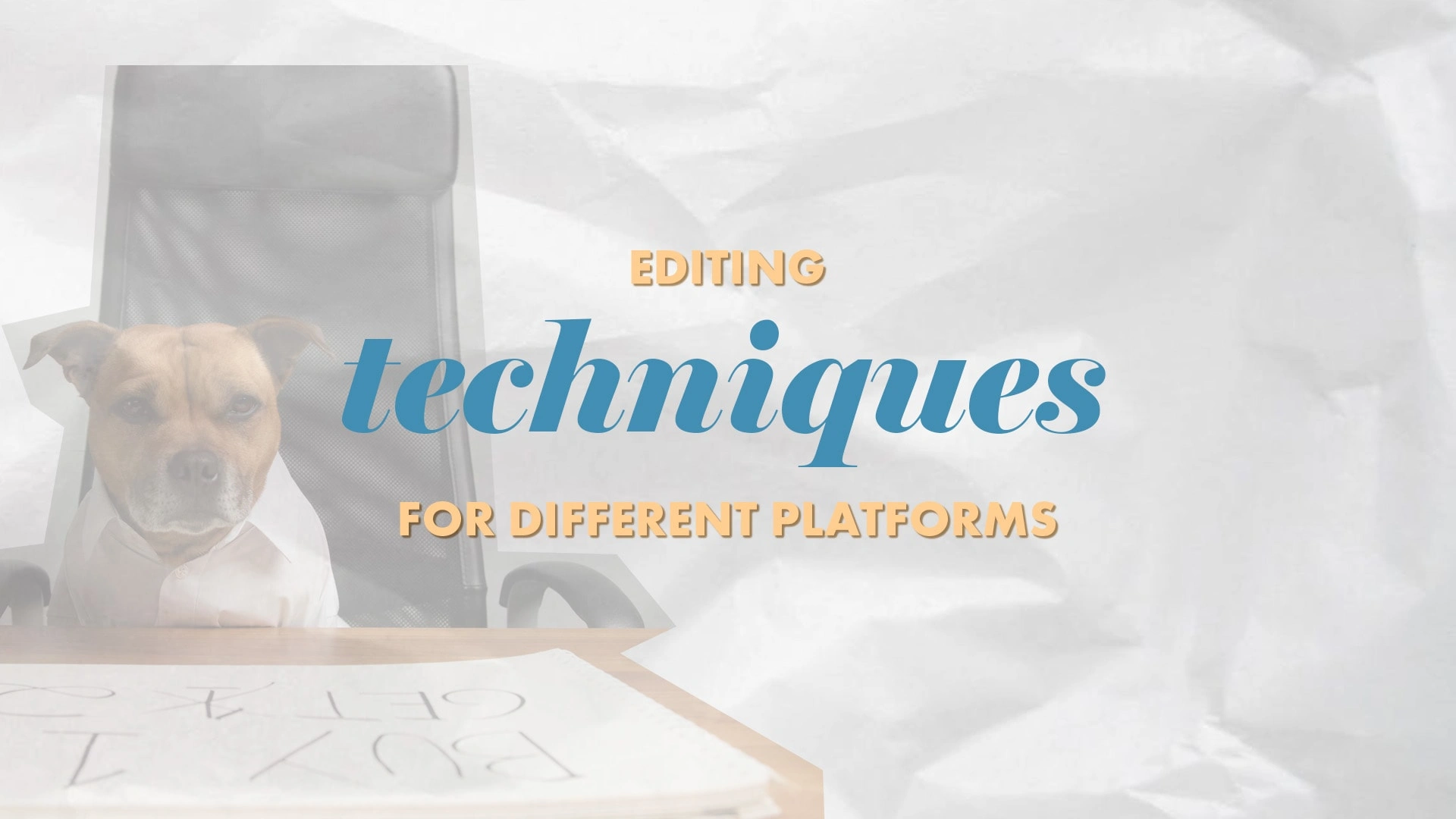
Editing techniques for different platforms
Platform-specific video lengths to consider
Short format 0-3 min:
TikTok
Instagram
Facebook
YouTube shorts
Long format 3 min or more (typically 10 min)
YouTube (traditional)
Customizing for platform-specific features
Try to keep the platform you’re gonna publish on in mind when both shooting and editing your videos. For YouTube, this could be a CTA saying “Subscribe to see more content like this” or “Links is in the description below”.
If you’re editing something for an Instagram Story, it could be “Press the link on the screen to see more”.
The idea is to utilize the platforms to its fullest potential. But don’t feel you always have to take advantage of all the features and possibilities.
Incorporating subtitles and captions for sound-off viewing
This is a big one, especially for short-form videos. People are consuming content in public and they often keep their phones muted to not disturb everyone around them. It’s crucial that your content has captions if you want people to keep watching it, regardless of where they’re watching it.
It’s also great for people with hearing disabilities 🎉
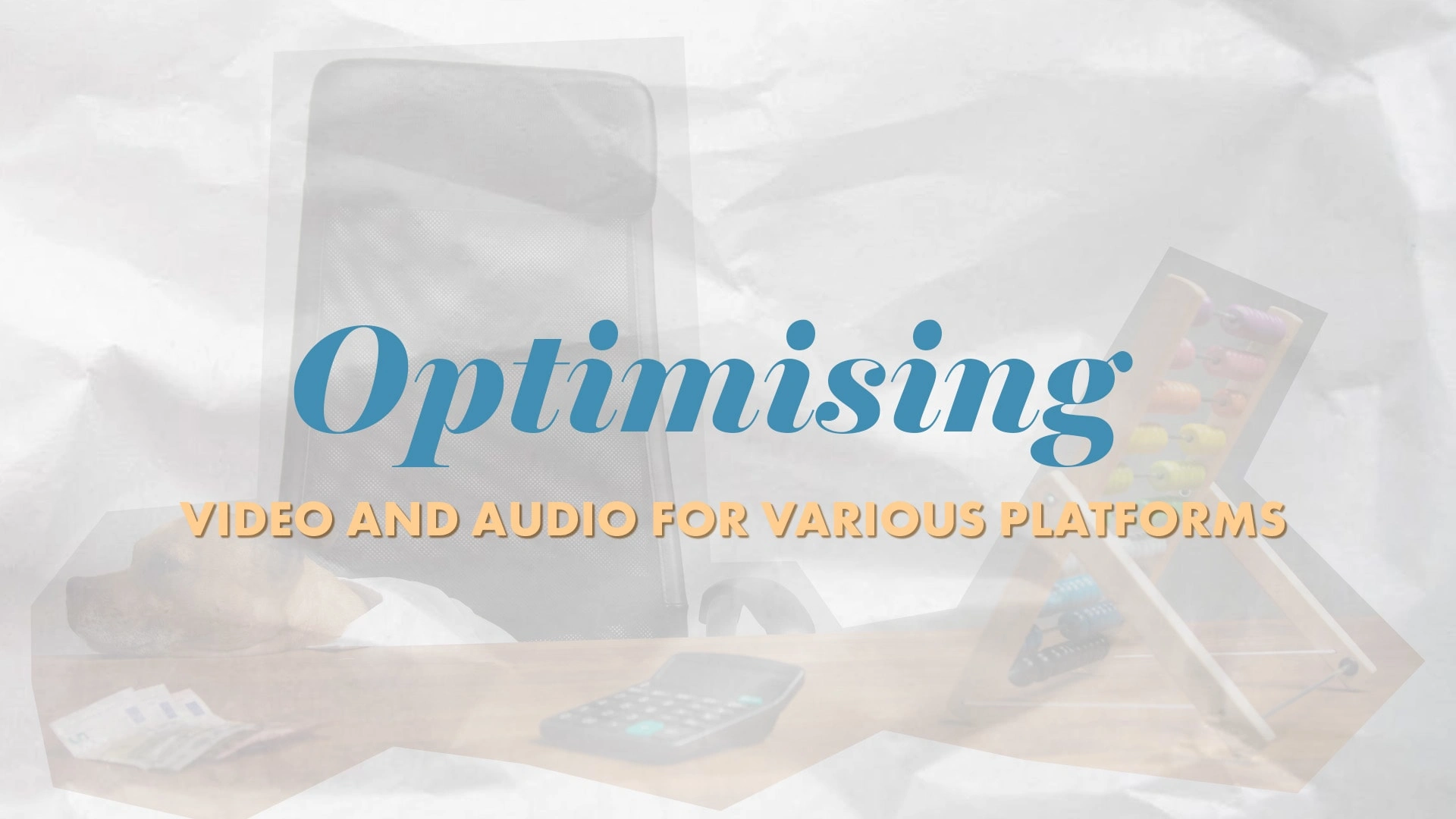
Optimising Video and Audio for Various Platforms
There are not too many things to keep in mind here, since all content on social media platforms is usually viewed on smartphones. We’ve already mentioned subtitles and captions to replace sound.
Worth mentioning about background music: Short videos can get away with loud background music, but for 3 minutes or more it needs to be less intense to not wear out the viewer.
Visuals, like on-screen text and graphics, are adjusted in relation to aspect ratios like widescreen (16x9) square (1x1) and portrait (9x16). So if you have any text or graphics that are formatted for widescreen that needs to be repurposed for another platform and aspect ratio, make adjustments accordingly.
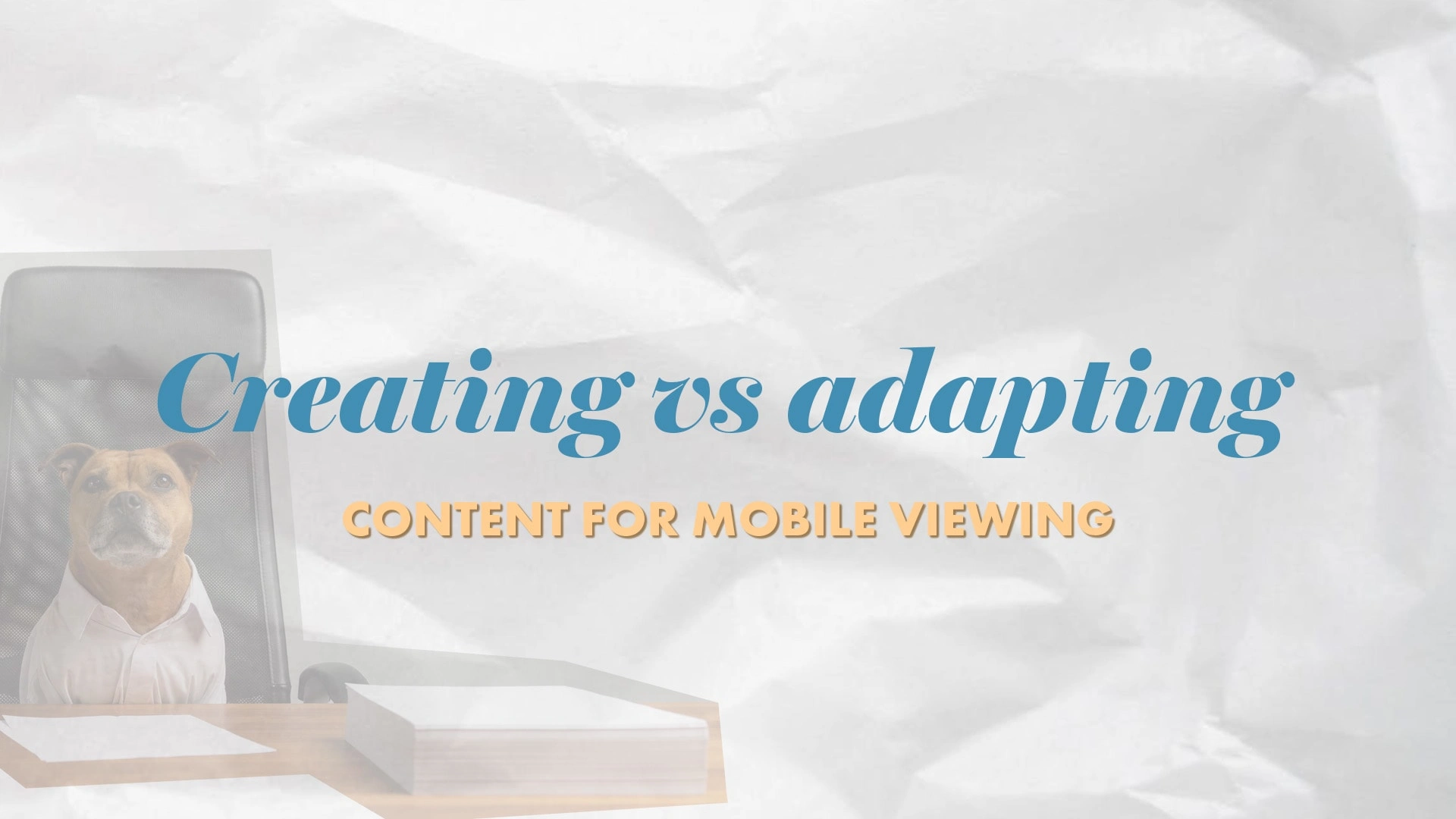
Creating vs adapting content for Mobile Viewing
As a video editor, you usually don’t get to make this decision. But if you’re shooting the footage, you have two options:
Shoot wide screen and crop in for portrait (9x16) aspect ratio.
Shoot in portrait (9x16) aspect ratio and edit it without any conversion.
If you’re shooting for repurposing over different platforms and aspect ratios, try to center the subject and frame the shots in a way that they can be cropped easily for all the different formats.
You’re more limited if you shoot 9x16 from the get-go, but the content feels much more immersive and intentional. There are pros and cons to both. Choose wisely, if you have the option.
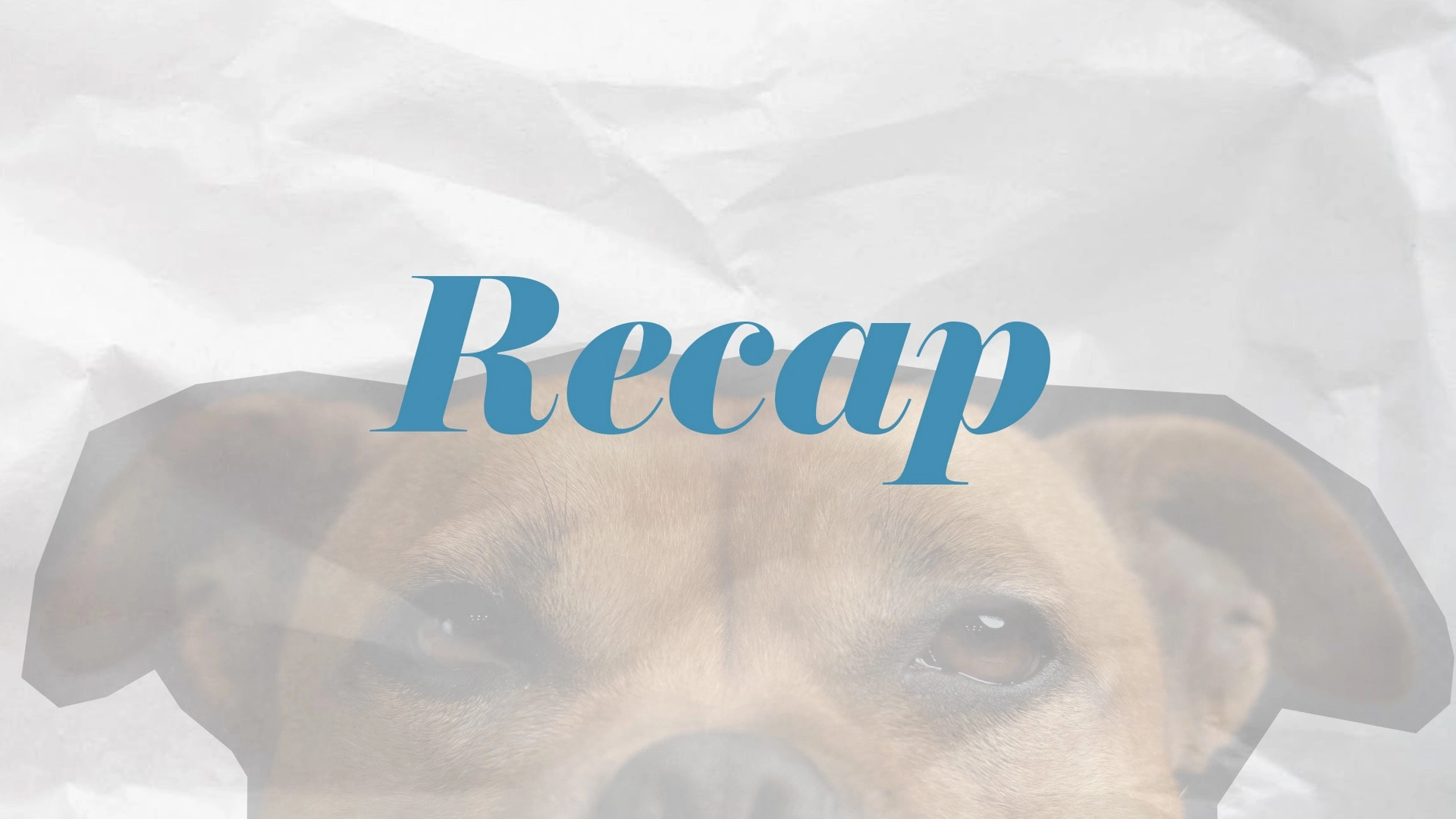
Recap
In this article, we’ve gone through the following topics:
Understanding different Social Media Platforms
Preparing your video content for different platforms
Editing techniques for different platforms
Optimising Video and Audio for Various Platforms
Creating vs adapting content for Mobile Viewing
The most important thing is that you spend some time on each platform, to get a feel of what each them has to offer, so you can form an opinion and eventually a “gut feeling” on what can work the best for your content and workflow.




